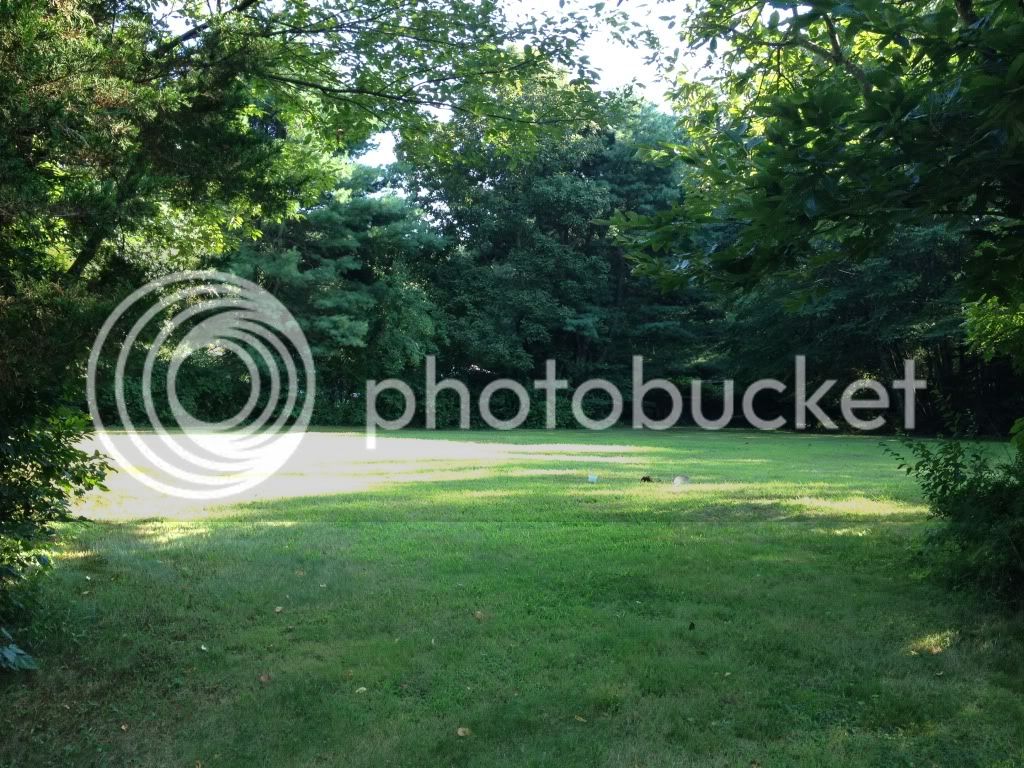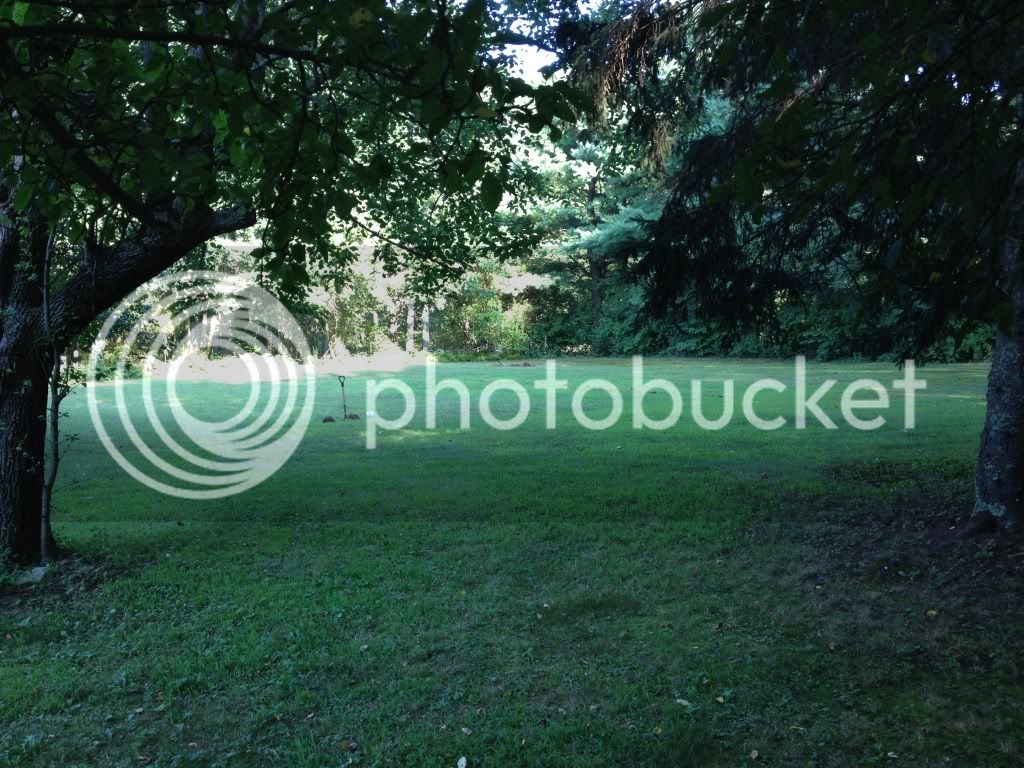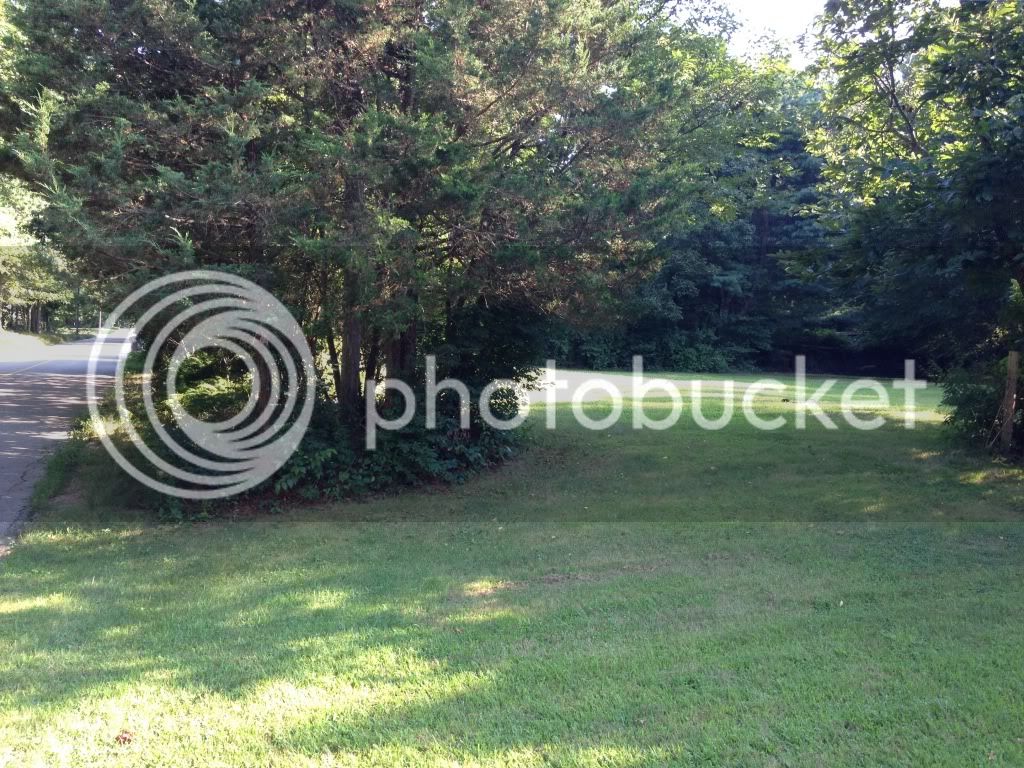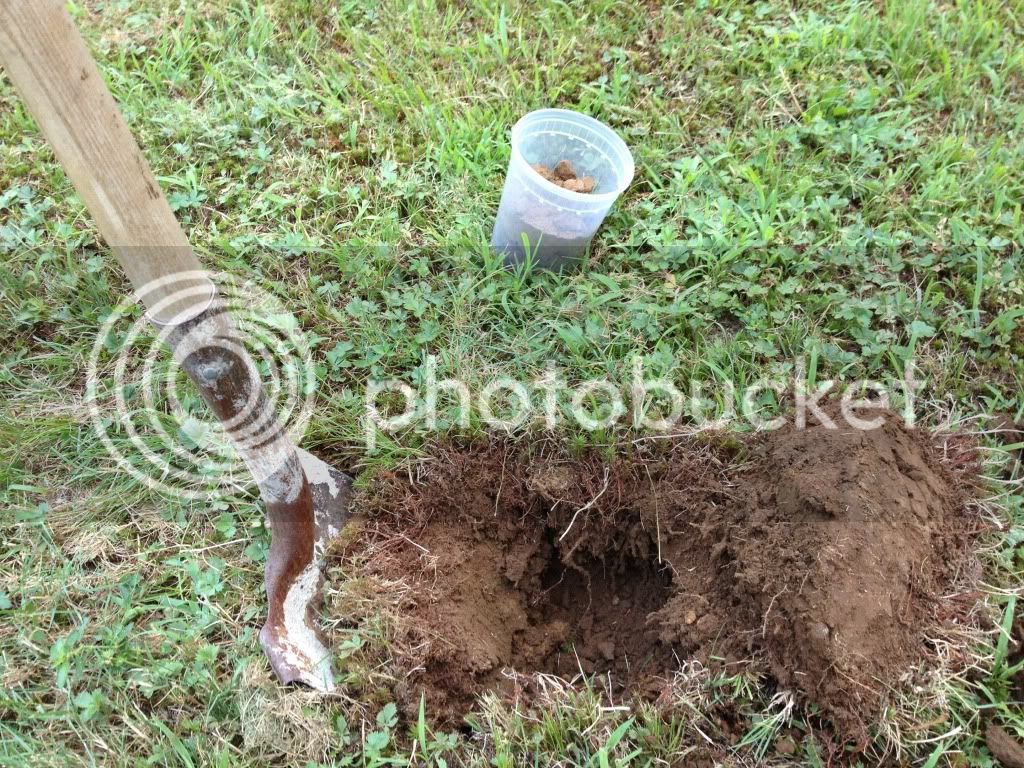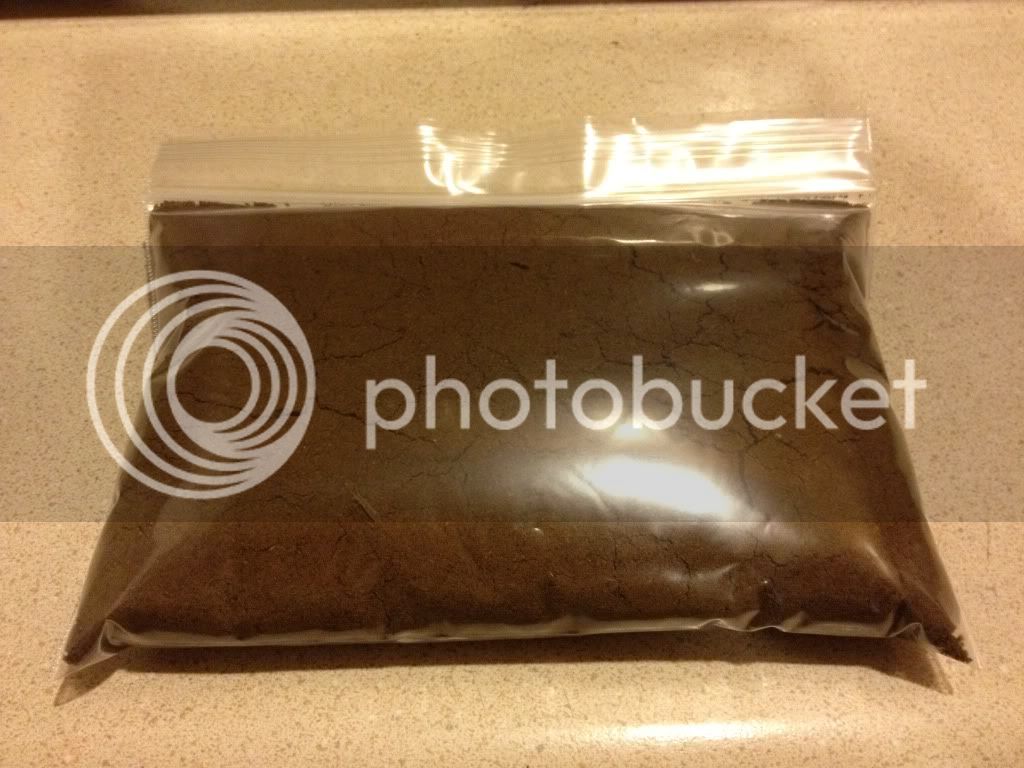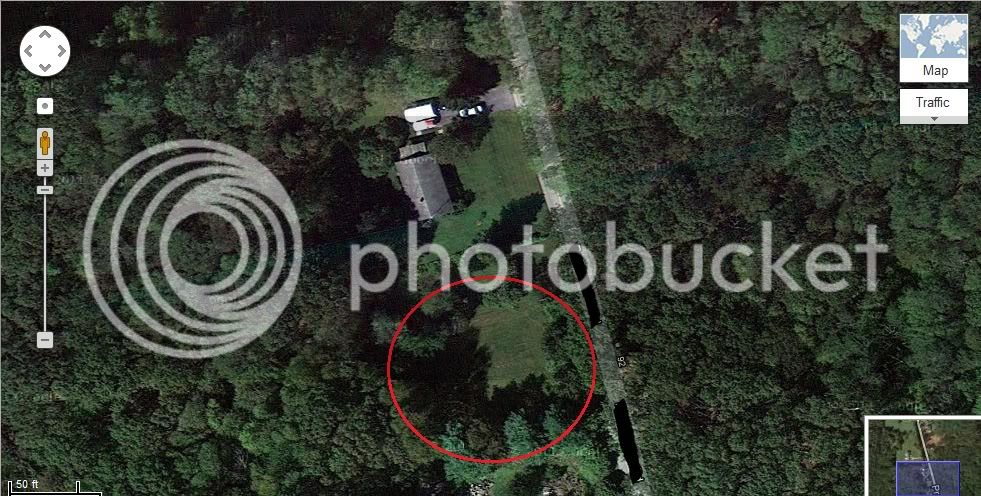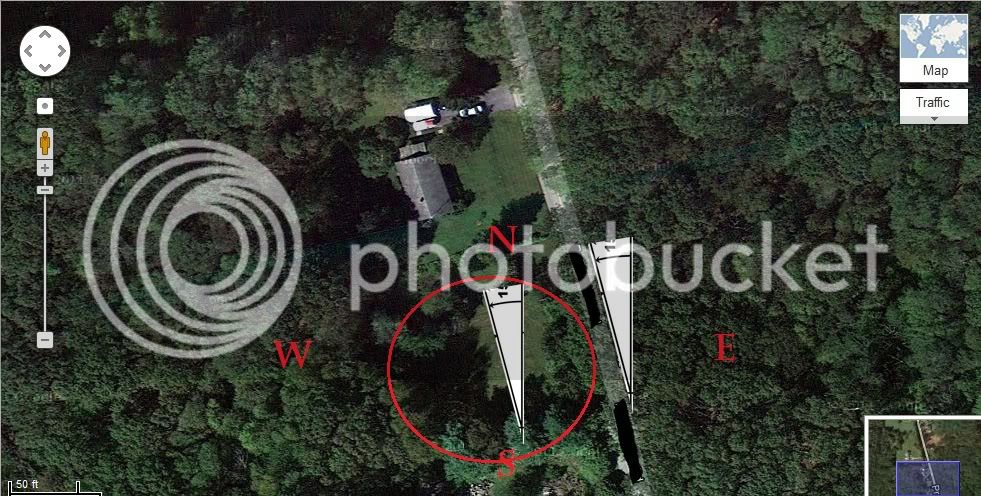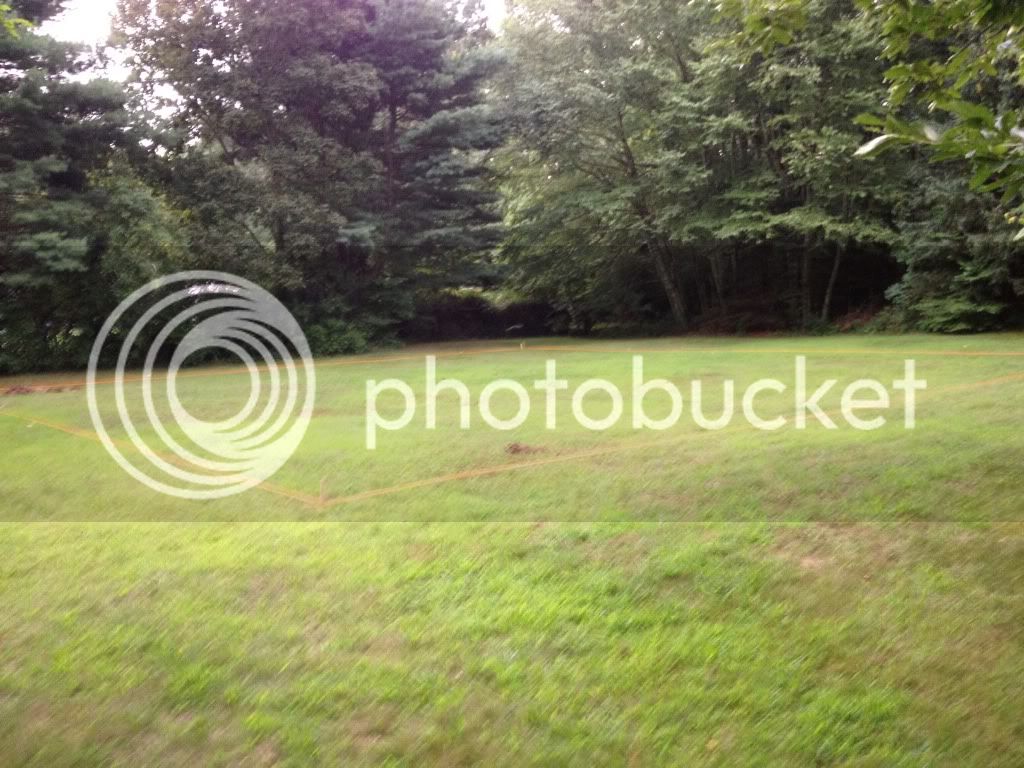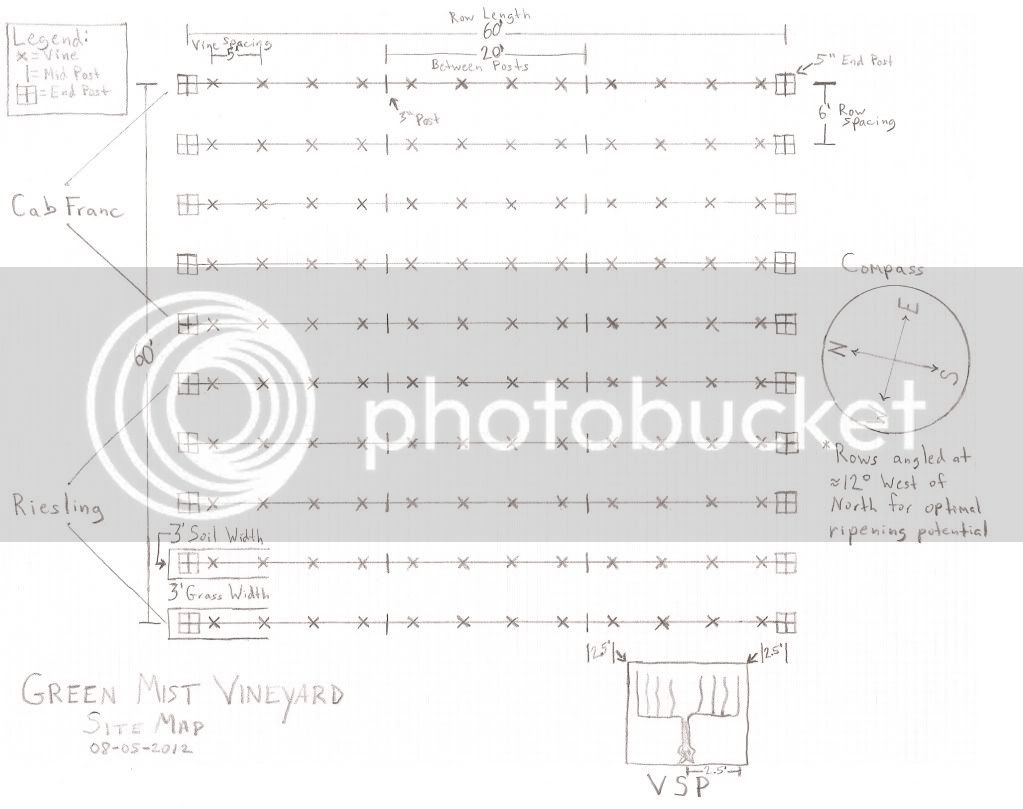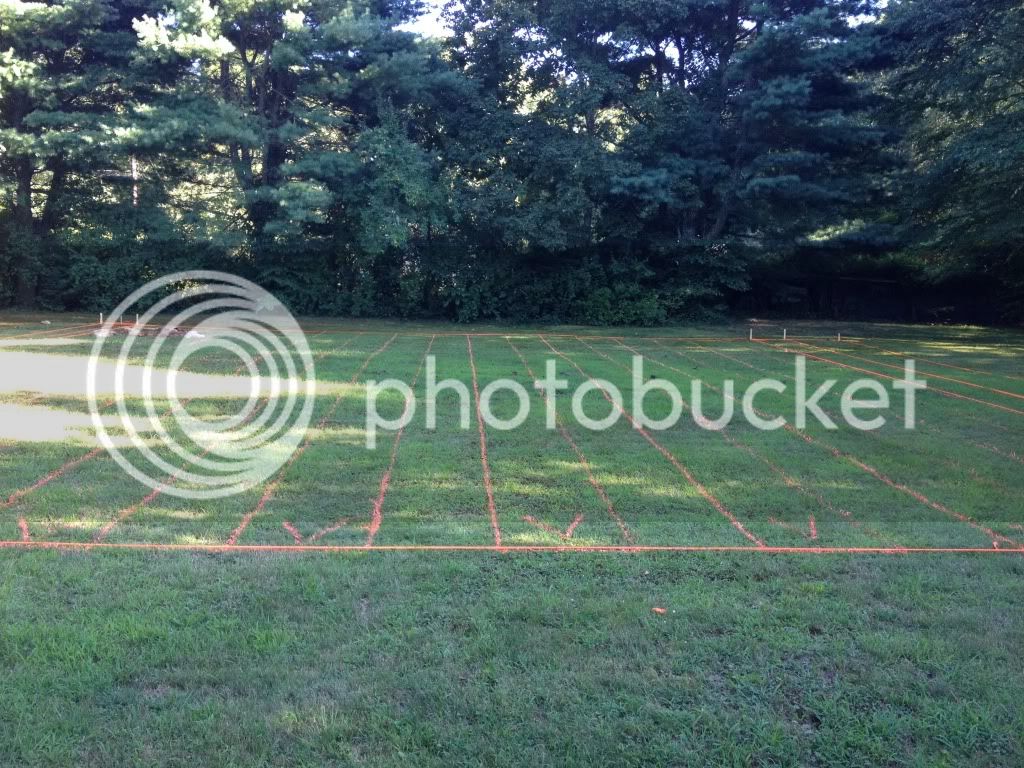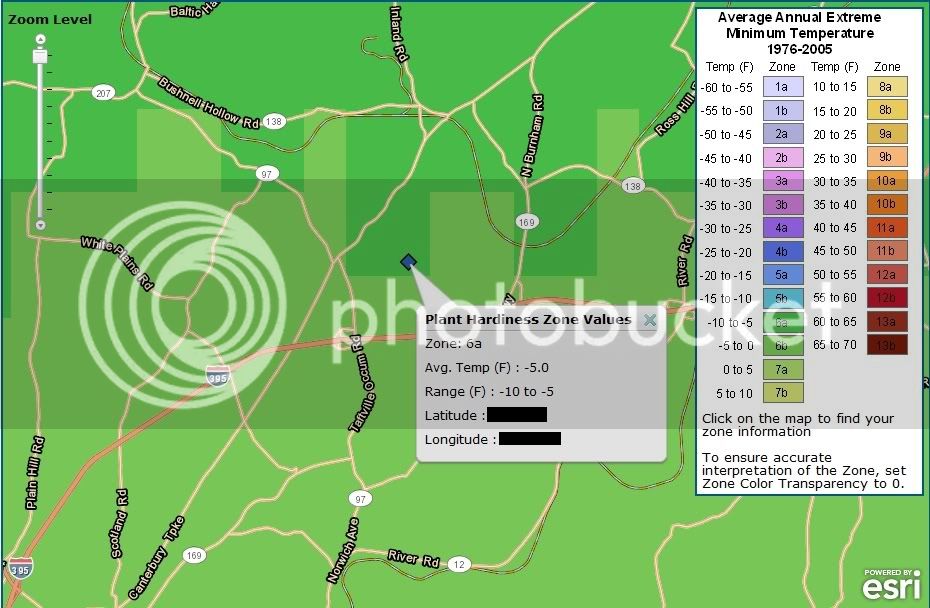TimTheWiner
Begintner
- Joined
- Feb 2, 2012
- Messages
- 307
- Reaction score
- 4
Well it is official. I have decided to make the LEAP from kits to vines. Not kits to grapes, but kits to vines. I have only been in the hobby for less than a year with only 4 kit wines under my belt. I yearn for more am passionate about reaching the next level. Now one would assume go to fresh local grapes, which I absolutely plan to do this fall, however I know that in the long run I will only be truly satisfied if I am making everything from scratch and I do mean vine to bottle. There is still much to learn, but with it being a 3+ year period before I have a fruitful yield, I figure I might as well get started now on planting and that will give me plenty of time to hone my skills perfecting the actual winemaking.
The land I am using will be about a 1/4 acre field, with which I plan on utilizing about a 80'x80' plantable area. We are in USDA winter hardiness Zone 6a, and will be purchasing vines from Double A Vineyards by October. I plan on planting Cabernet Franc and Riesling (and possibly one or two other undetermined varietals). The lot appears to get good sun exposure (at least 5-6 hours of direct light per day May-Sept), and gently slopes towards the woods which will aid in an eventual gravity fed drip irrigation system (via rainwater collection).
Although I thought of the name (this will be a non-commercial operation), my father takes credit for coining the term. He always described the "green mist" in the woods during those few very early weeks of spring when the buds are just barely starting to break on the trees and shrubbery in the forest behind the house, and all you see is a see of a fine green mist in and otherwise brown and lifeless forest. I will look forward to this journey and hope you will enjoy my updates and pictures of the progression. I will be keeping questions that I have to the search feature, or separate threads. Enjoy!
The land I am using will be about a 1/4 acre field, with which I plan on utilizing about a 80'x80' plantable area. We are in USDA winter hardiness Zone 6a, and will be purchasing vines from Double A Vineyards by October. I plan on planting Cabernet Franc and Riesling (and possibly one or two other undetermined varietals). The lot appears to get good sun exposure (at least 5-6 hours of direct light per day May-Sept), and gently slopes towards the woods which will aid in an eventual gravity fed drip irrigation system (via rainwater collection).
Although I thought of the name (this will be a non-commercial operation), my father takes credit for coining the term. He always described the "green mist" in the woods during those few very early weeks of spring when the buds are just barely starting to break on the trees and shrubbery in the forest behind the house, and all you see is a see of a fine green mist in and otherwise brown and lifeless forest. I will look forward to this journey and hope you will enjoy my updates and pictures of the progression. I will be keeping questions that I have to the search feature, or separate threads. Enjoy!






